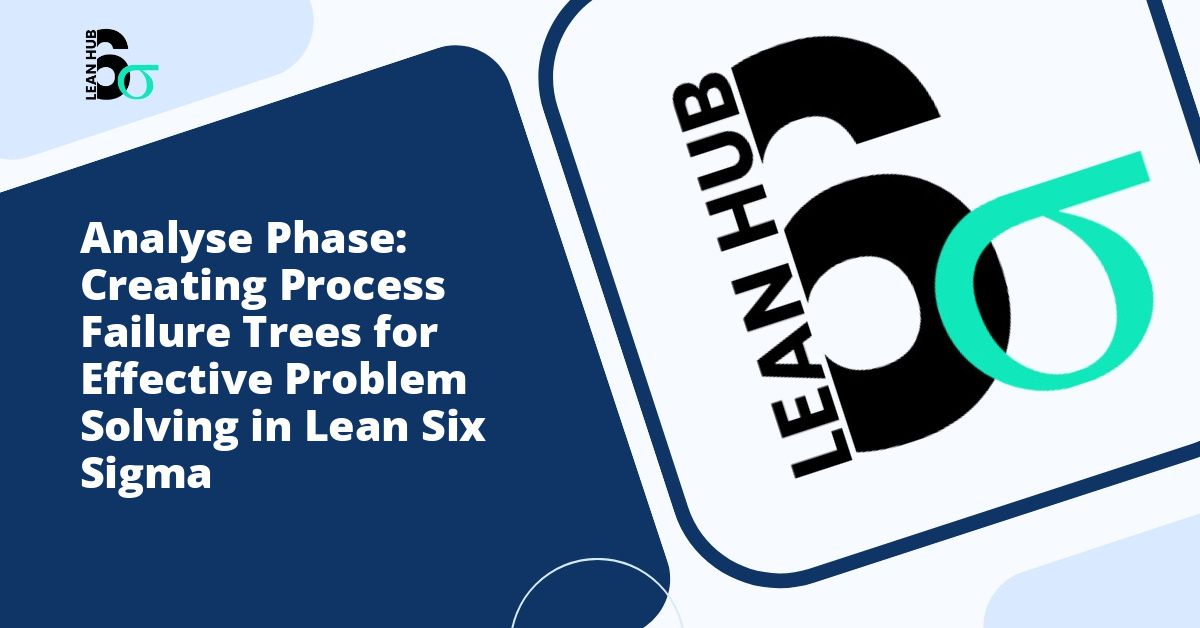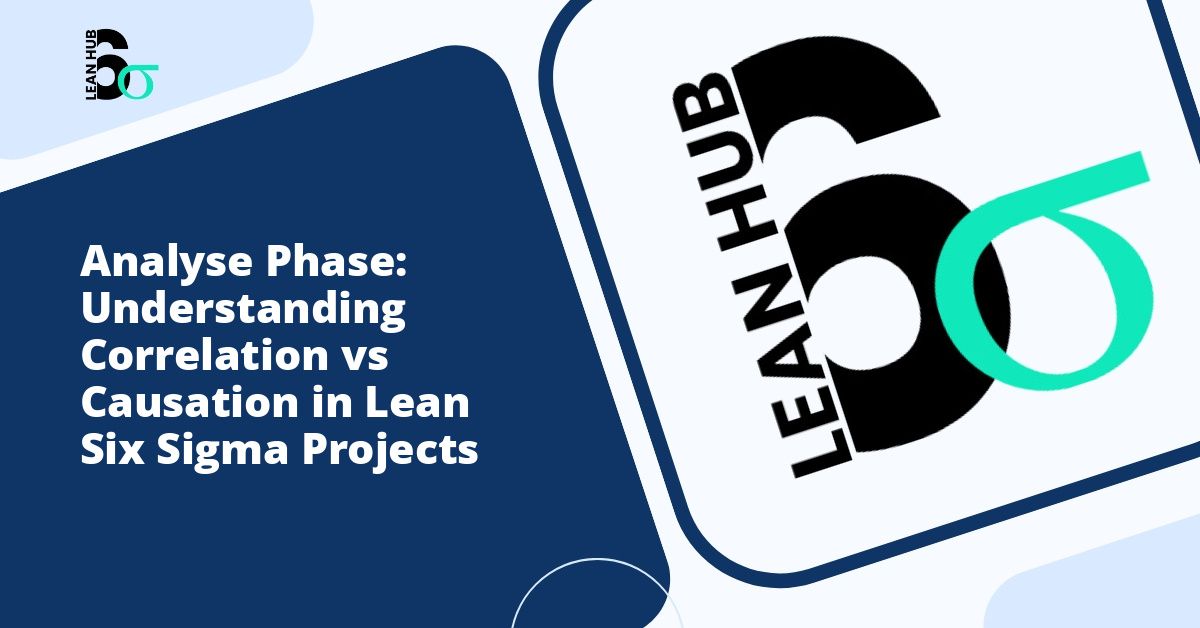In the world of quality improvement and process optimization, hypothesis testing stands as one of the most critical tools in the Lean Six Sigma methodology. While the term might sound intimidating to those without a statistical background, understanding its fundamental principles can empower professionals at all levels to make data-driven decisions that significantly impact organizational performance.
What is Hypothesis Testing in Six Sigma?
Hypothesis testing is a structured approach to determining whether assumptions about a process or population are supported by data. In the context of Lean Six Sigma, it serves as a bridge between intuition and evidence, allowing teams to validate their theories about what causes problems and whether proposed solutions actually work. You might also enjoy reading about Root Cause Analysis in Six Sigma: 7 Proven Techniques to Find the Real Problem.
Think of hypothesis testing as a courtroom trial for your ideas. Just as a prosecutor must present evidence to prove guilt beyond reasonable doubt, a Six Sigma practitioner must provide statistical evidence to support claims about process improvements. The null hypothesis represents the status quo (innocent until proven guilty), while the alternative hypothesis represents the change or improvement you believe exists. You might also enjoy reading about Lean Six Sigma Analyze Phase: The Complete Guide for 2025.
The Role of Hypothesis Testing in the DMAIC Framework
The DMAIC framework (Define, Measure, Analyze, Improve, Control) forms the backbone of Six Sigma projects. Hypothesis testing plays a crucial role, particularly during the Analyze and Improve phases, though its foundations are laid much earlier. You might also enjoy reading about Fishbone Diagram Alternative Methods: Text-Based Root Cause Analysis for Problem Solving.
The Recognize Phase and Early Planning
Before formally entering the DMAIC cycle, organizations often go through what many practitioners call the recognize phase. During this preliminary stage, teams identify potential problems, assess their impact on business objectives, and determine whether a Six Sigma project is warranted. While not always formalized in traditional DMAIC literature, the recognize phase sets the stage for successful hypothesis development by helping teams understand what questions need answering.
In this early stage, teams begin forming initial hypotheses about what might be causing problems or where improvements might be possible. These early hypotheses guide data collection efforts and help focus resources on the most promising areas for investigation.
From Analysis to Improvement
During the Analyze phase, hypothesis testing becomes front and center. Teams use statistical tests to determine whether observed differences in data are real or simply due to random variation. This prevents organizations from making costly changes based on coincidental patterns or misleading information.
In the Improve phase, hypothesis testing validates whether implemented changes actually deliver the expected results. This evidence-based approach ensures that only effective solutions move forward to the Control phase.
Key Concepts for Non-Statisticians
The Null and Alternative Hypotheses
Every hypothesis test begins with two competing statements. The null hypothesis typically represents no change, no difference, or no relationship between variables. It assumes that any observed effect is due to random chance. The alternative hypothesis, conversely, suggests that a real effect, difference, or relationship exists.
For example, if a manufacturing team wants to test whether a new training program reduces defects, the null hypothesis would state that the training has no effect on defect rates. The alternative hypothesis would claim that the training does reduce defects.
Statistical Significance and P-Values
The p-value represents the probability of obtaining results at least as extreme as those observed, assuming the null hypothesis is true. In simpler terms, it answers the question: “If there really is no effect, how likely would we be to see these results by pure chance?”
A small p-value (typically less than 0.05) suggests that the observed results are unlikely to occur by chance alone, providing evidence to reject the null hypothesis. However, statistical significance does not automatically mean practical significance. A result can be statistically significant but have such a small effect size that it provides no real business value.
Type I and Type II Errors
Understanding the two types of errors in hypothesis testing helps teams make informed decisions about acceptable risk levels. A Type I error occurs when you reject a true null hypothesis, essentially declaring a change effective when it actually is not. A Type II error happens when you fail to reject a false null hypothesis, missing a real improvement opportunity.
In Lean Six Sigma projects, the consequences of these errors must be weighed carefully. Industries like healthcare or aerospace might set more stringent standards to avoid Type I errors, as false positives could lead to dangerous decisions.
Common Hypothesis Tests in Six Sigma
T-Tests
T-tests compare means between groups to determine if differences are statistically significant. A one-sample t-test compares a sample mean to a known value, while a two-sample t-test compares means between two independent groups. These tests are particularly useful when evaluating whether process changes have shifted average performance levels.
ANOVA (Analysis of Variance)
When comparing means across three or more groups, ANOVA provides the appropriate framework. This test helps determine whether at least one group differs significantly from the others, making it valuable when testing multiple process configurations or treatment conditions simultaneously.
Chi-Square Tests
For categorical data, chi-square tests examine whether observed frequencies differ significantly from expected frequencies. These tests are commonly used in Six Sigma when analyzing defect types, customer preferences, or any situation where data falls into distinct categories rather than continuous measurements.
Practical Applications in Lean Six Sigma Projects
Understanding hypothesis testing transforms how organizations approach problem-solving. Instead of relying on gut feelings or anecdotal evidence, teams can systematically test assumptions and verify solutions before full-scale implementation.
Consider a call center seeking to reduce average handle time. Rather than simply implementing new scripts and hoping for improvement, a Lean Six Sigma approach would involve forming hypotheses about which factors influence handle time, collecting baseline data, testing potential solutions on a small scale, and using hypothesis testing to verify whether changes produce statistically significant improvements.
This methodical approach saves resources by identifying ineffective solutions early and builds organizational confidence in successful changes by providing concrete evidence of their impact.
Best Practices for Non-Statisticians
Start with Clear Questions
Before diving into statistical tests, articulate exactly what you want to know. Clear questions lead to well-formed hypotheses, which in turn guide appropriate test selection and data collection efforts.
Visualize Your Data First
Graphs and charts often reveal patterns that inform hypothesis formation and help communicate findings to stakeholders. Visual analysis also helps identify outliers or data quality issues before formal testing begins.
Partner with Statistical Experts
While non-statisticians can and should understand hypothesis testing fundamentals, complex situations benefit from expert guidance. Black Belts and Master Black Belts bring deep statistical knowledge that ensures appropriate test selection and correct interpretation of results.
Focus on Practical Significance
Always consider whether statistically significant results translate into meaningful business impact. A process change might produce a statistically significant improvement that is too small to justify implementation costs.
Conclusion
Hypothesis testing in Lean Six Sigma provides a rigorous framework for validating assumptions and verifying improvements. While the statistical concepts may initially seem complex, the underlying logic is straightforward: use data to test ideas before committing resources to large-scale changes.
For non-statisticians working within Six Sigma environments, understanding these basics enables more effective participation in improvement projects and better communication with technical team members. From the early recognize phase through final implementation, hypothesis testing ensures that decisions rest on solid evidence rather than intuition alone.
By embracing this data-driven approach, organizations can confidently pursue continuous improvement, knowing that each change has been thoroughly validated and that resources are invested in solutions proven to deliver results.








